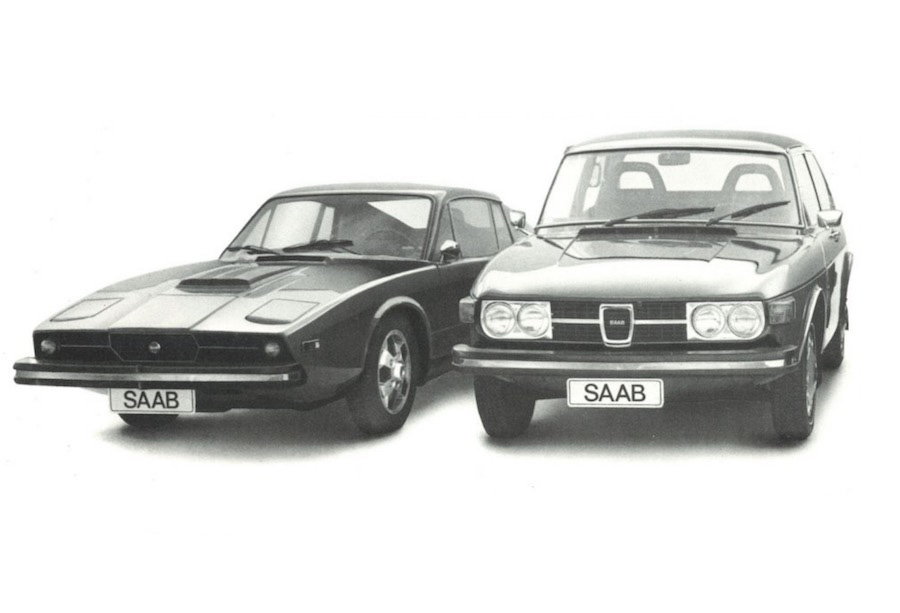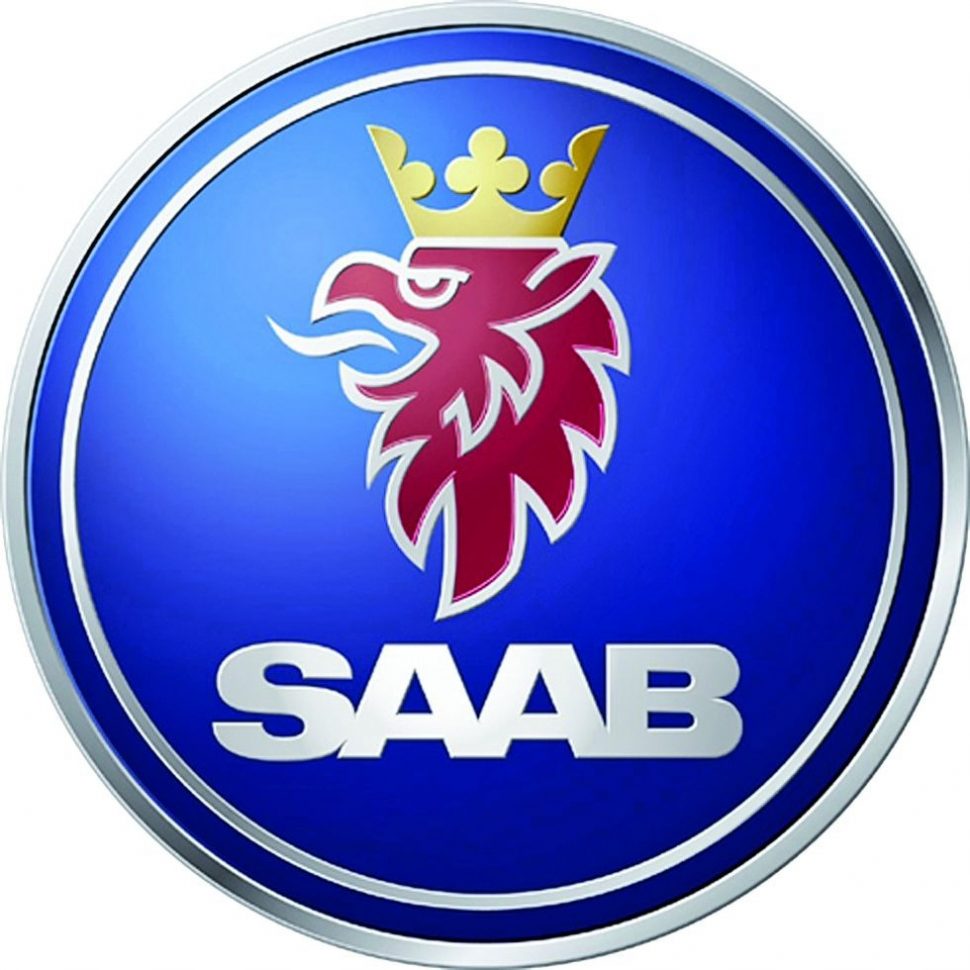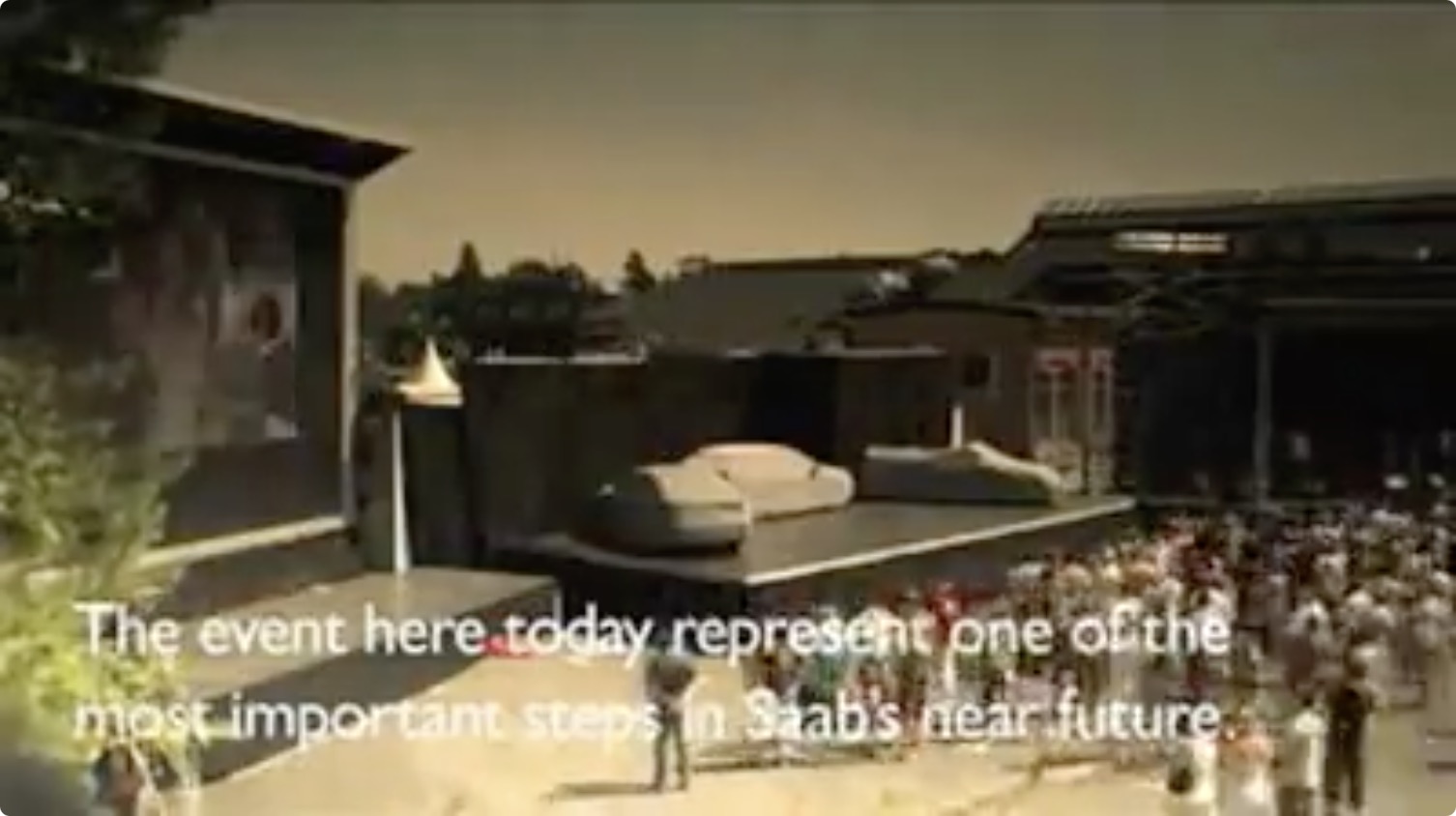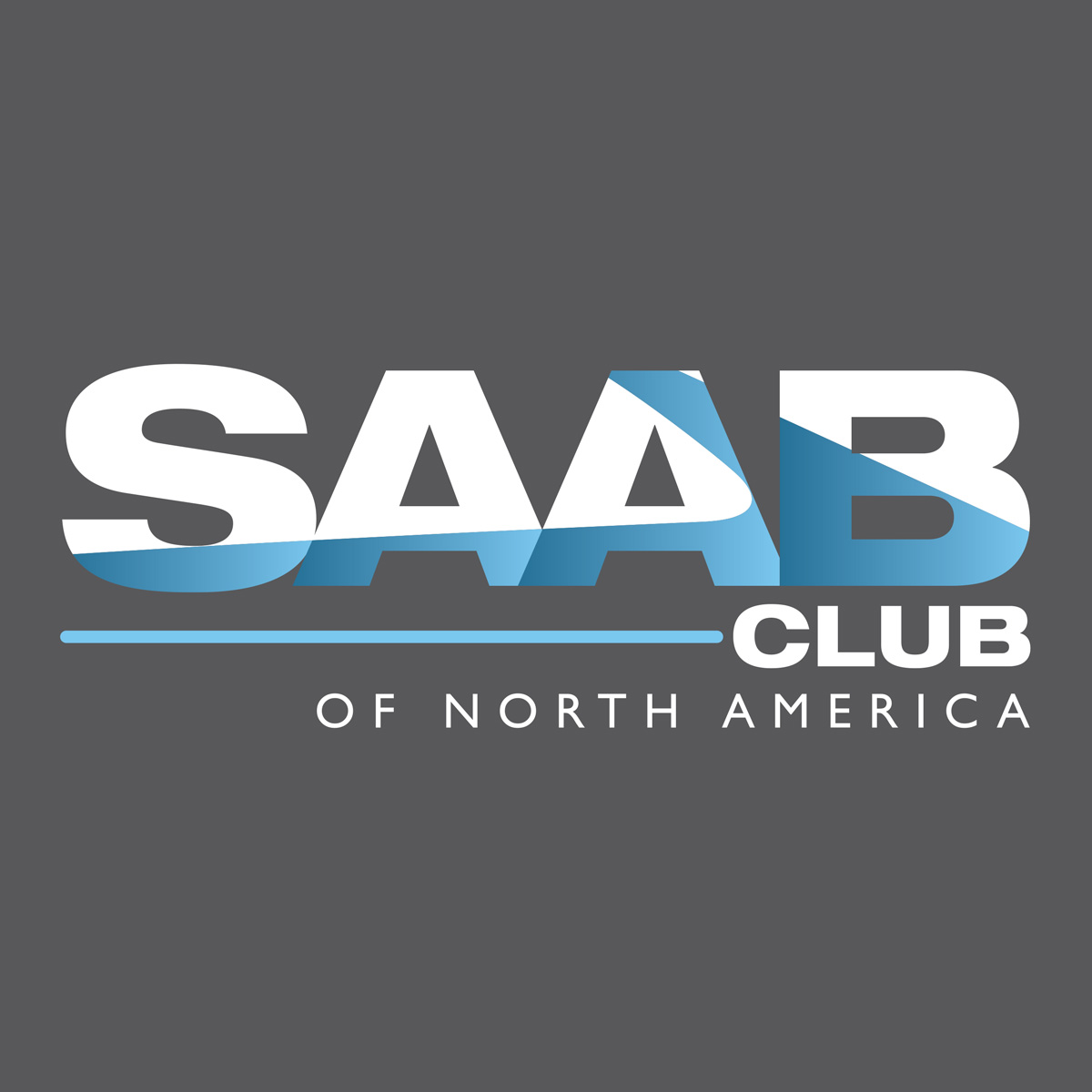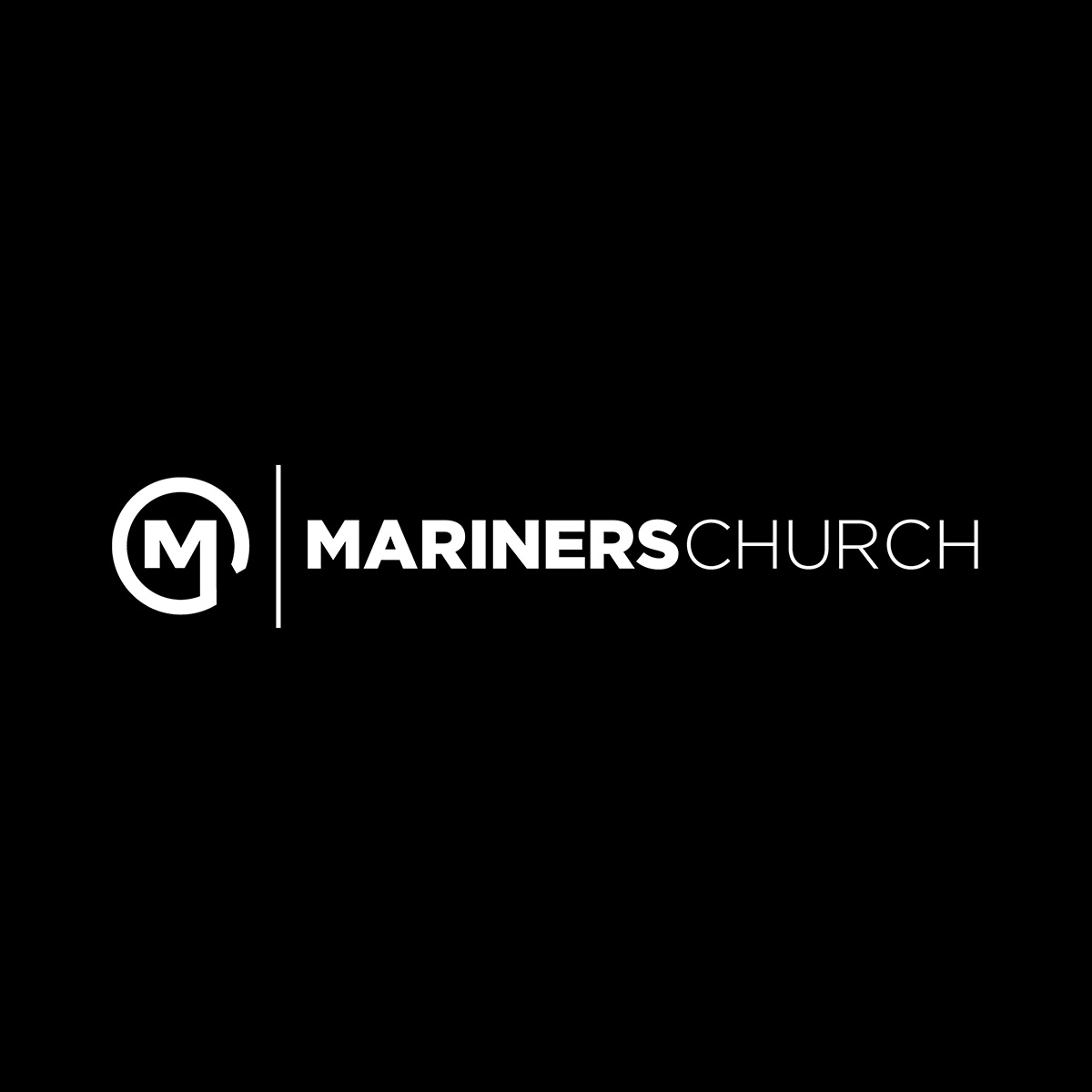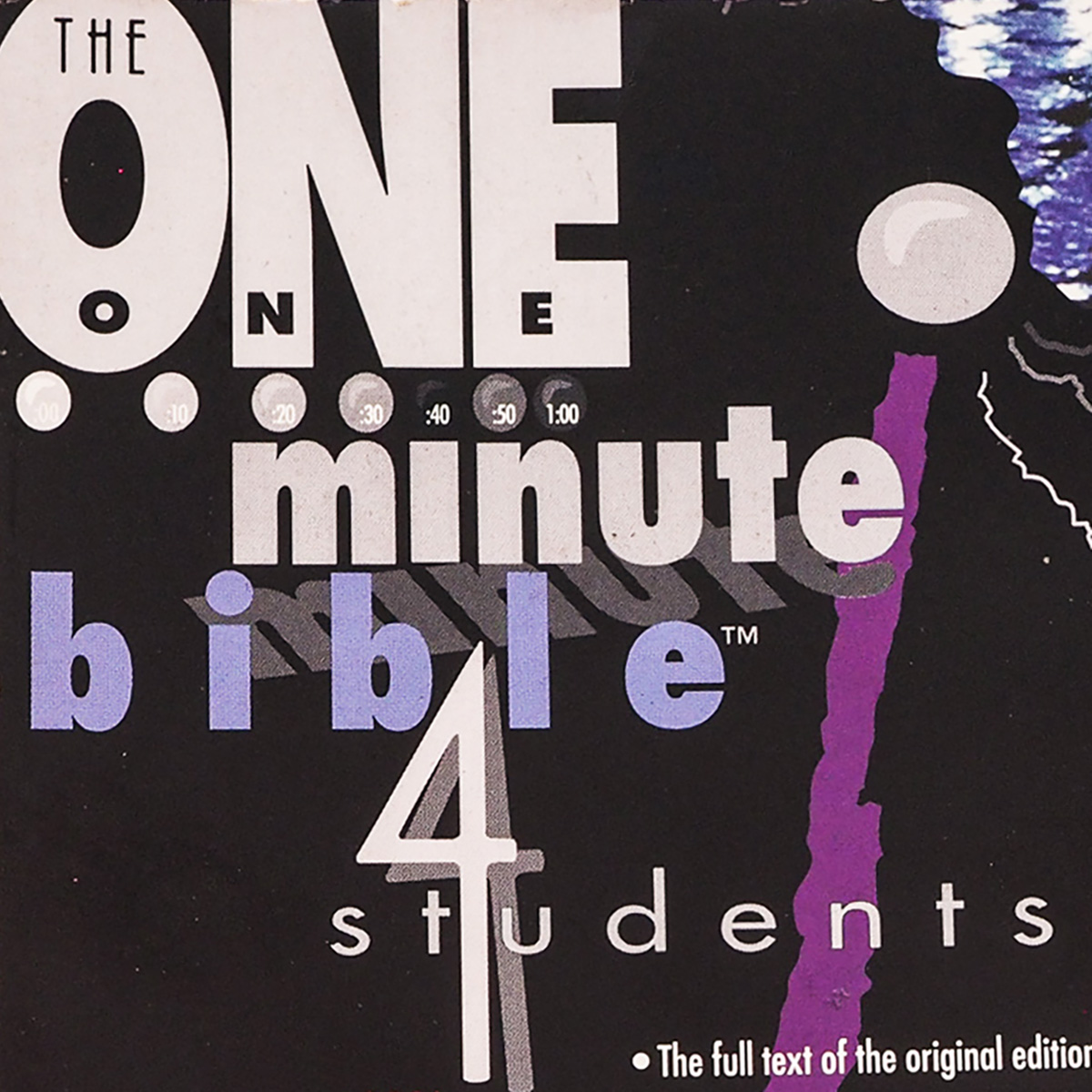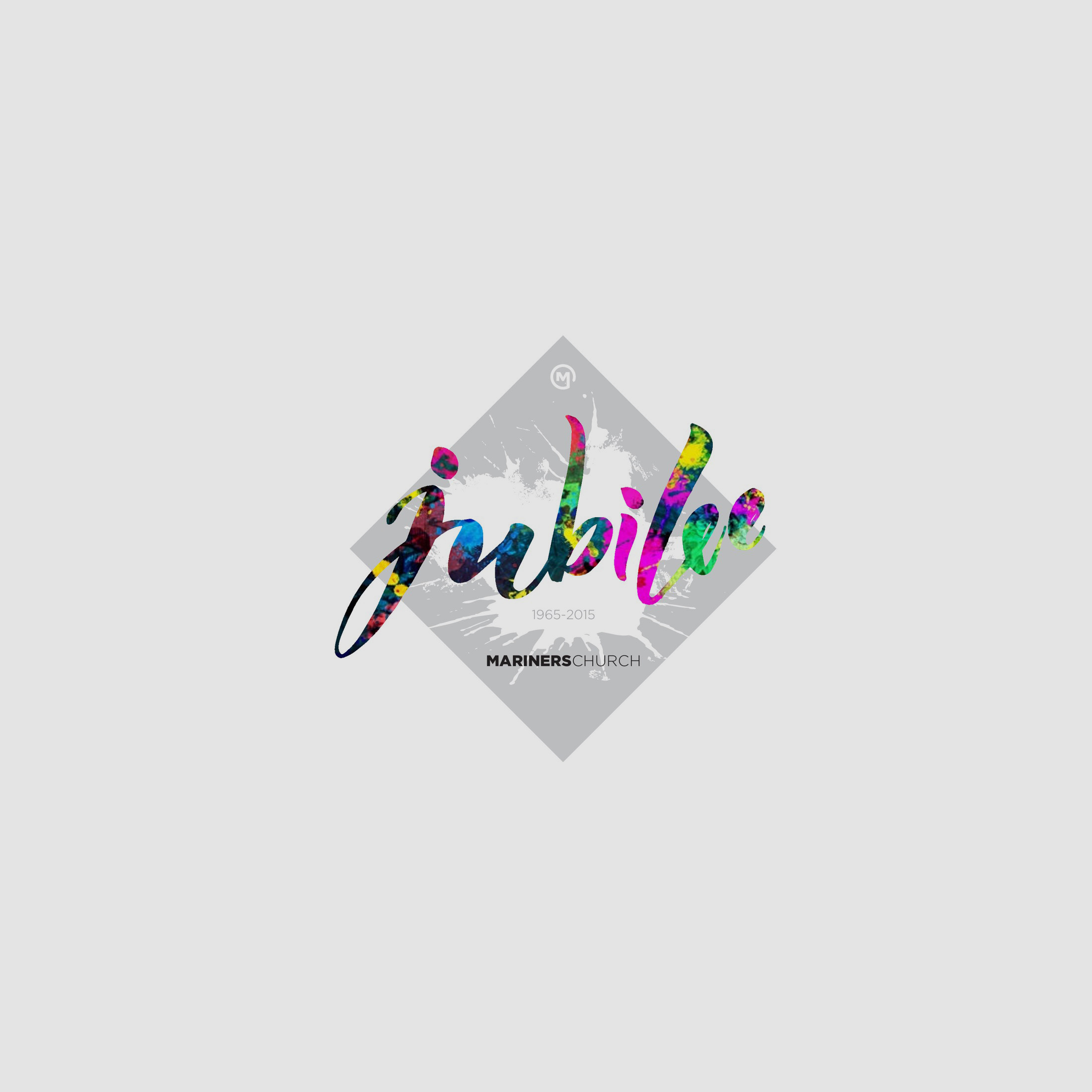click image to scroll through the gallery
designed for a startup in orange county, california and long-time friends of mine who are doing amazing things in their community.

By Mark J. McCourt from the February 2011 issue of Hemmings Sport & Exotic
Or, at least, born from prop planes. Svenska Aeroplan Aktiebolaget’s first automotive product was the 1946 prototype, the “Ur SAAB” (original SAAB). Officially called 92001 and designed by noted industrial designer Sixten Sason (see Visionaries, HS&EC #40), this prototype was fitted with an impressive, if meaningless, heraldic emblem. The production 1950 Model 92 wore a nameplate logo of uppercase letters spelling SAAB in a rectangular housing, and this housing sat above silver “wings” that spread out to each side. Early cars featured one-piece silver castings, but a more appealing type followed with chrome wings and blue cloisonné surrounding the silver letters.
SAAB, as they were still known in this period, went back into their history in the early 1960s and designed a new logo with separate uppercase lettering and a stylized head-on view of a plane, with circles over the wings to denote spinning propellers. This dynamic identifier was seen on the grilles of 95 and 96 models, as well as early Sonett IIs. In the mid-1960s, the 95/96s used the lettering without the airplane. This design was further modified in the late 1960s, when the letters and airplane were combined into one small emblem, a blue trapezoid with rounded corners that was cast in plastic. This design was used on everything from 96s and Sonett IIIs to the upscale 99.
The Swedish automaker chose to modernize in 1974, dropping the vintage-style prop plane and tall, narrow lettering to focus on a stylized horizontal SAAB logotype with joined letters. This simple, stark emblem was used on the 99s, including the EMS and Turbo, and carried over to the early 900.
SAAB had merged with heavy truck manufacturer Scania-Vabis in 1969, forming the company Saab-Scania. It wasn’t until 1984 that the parentage of Saab automobiles made itself known on the cars; this was when the company’s new emblem, designed by Carl Fredrik Reuterswärd, debuted. Formed in a dark blue cloisonné circle, the words SAAB and SCANIA were shown in the outside and inside of a band that enclosed a red griffin wearing a gold crown. This mythical half-lion, half-eagle symbol actually came from the Scania division, which adopted it from the flag of its home area, the Skåne district of southern Sweden.
Saab cars wore this badge until model year 2000, when General Motors purchased the remaining 50 percent of Saab Automobile (GM bought 50 percent in 1990) and assuming full ownership. At this point, the Saab badge was redesigned, with the center ring and SCANIA reference disappearing; the enlarged griffin sat above the SAAB logotype. This design was freshened slightly in 2002 for a more three-dimensional appearance, and it remains on the hoods and wheel center caps of today’s Saab cars. The logotype has returned to prominence and is displayed proudly in the grille, on the steering wheel hub and in the rear lamp cluster of the 2010 and 2011 9-5 and 9-4X.
click image below to scroll through the gallery
designed for a startup in orange county, california and long-time friends of mine who are doing amazing things in their community.
with 5 SAABs in our family (at the moment), and having had SAABs in our family since 1976 when i talked my dad into buying a SAAB 99 GLE, it’s an honor to be able to support the continuing SAAB community by not only creating logos for them, including the SAAB Club of North America logo and the SAAB Owners Conventions that are held each year, but also art directing and laying out the quartly 9s magazine.
in 2013 i got the privilege and opportunity to redesign the logo for Mariners Church. i had played a role in the layout and implementation of second logo that the church used–from the early 90’s–and all of it’s iterations as we merged to become mariners south coast church in 1996 and then went back to mariners church. but due to some crazy circumstances and changes in leadership, i wasn’t involved with the redesign that was done in 2003. so being able to create a mark for a church i had been so deeply involved with was a wonderful and satisfying journey. and i could not have done it without the wisdom and design advice i received from the executive pastor at the time, brian norkaitis.
Back in the early ’90’s, a neighbor introduced me to a youth minister they knew who was looking for a designer to help with some projects. Turns out, this youth minister was Doug Fields. We worked closely on the designs for this Bible for months, meeting almost weekly in my “conference room” at Carl’s Jr. Even though I developed 10 basic templates, we looked for opportunities to do unique illustrations throughout that tied into the message for the day. In the end, I laid out every page.
I had designed several draft covers, and after a couple of high school student focus groups, Doug and I decided to ask Garborg’s to do two covers, one black and one white. this obviously is the black one. The white one was the same design, just on a black field.
Even though by today’s standards, the designs clearly feel dated, I feel honored to have had the unique opportunity to design a Bible with graphics relevant to a particular generation. This was also released in England with an Anglicized version I created. Turns out they have “chips” instead of french fries and they spell color weird.
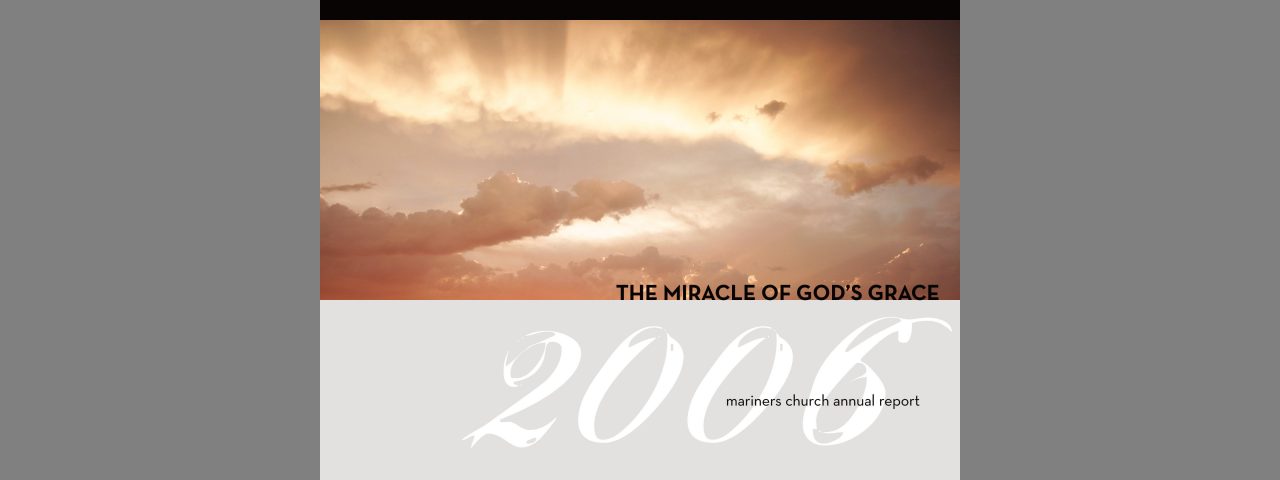
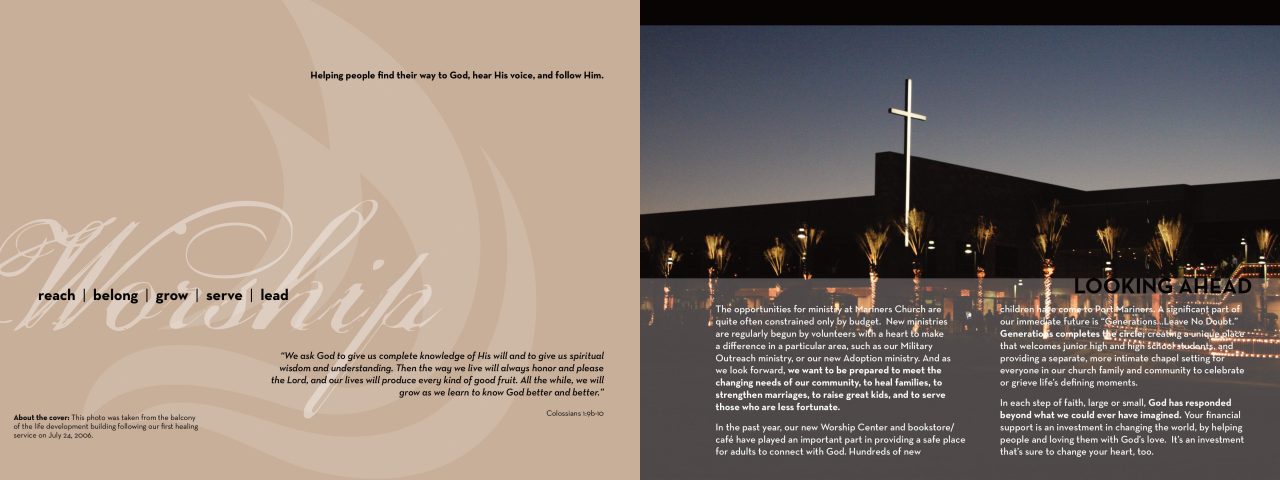
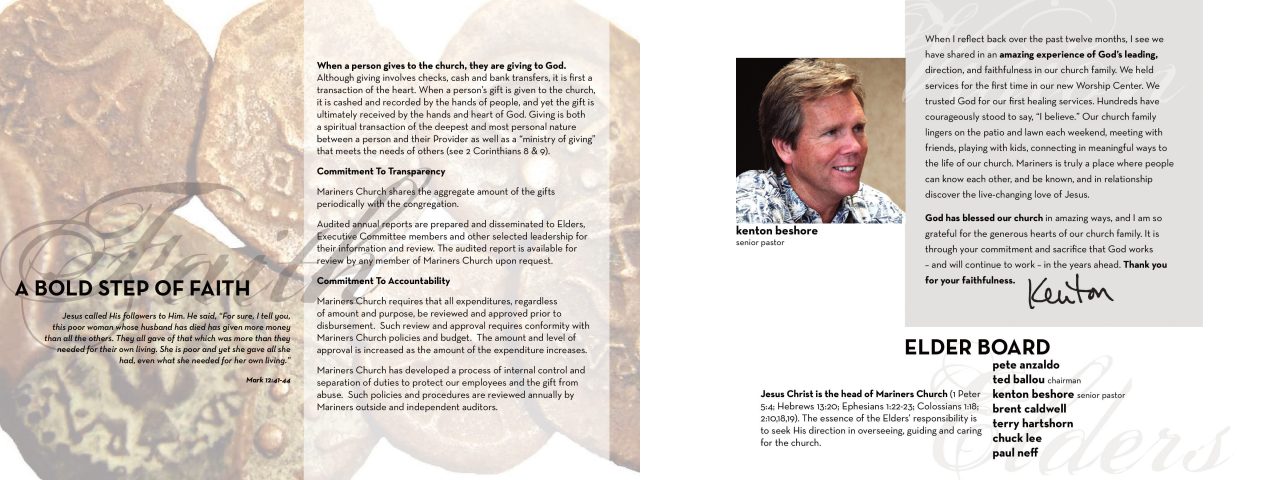
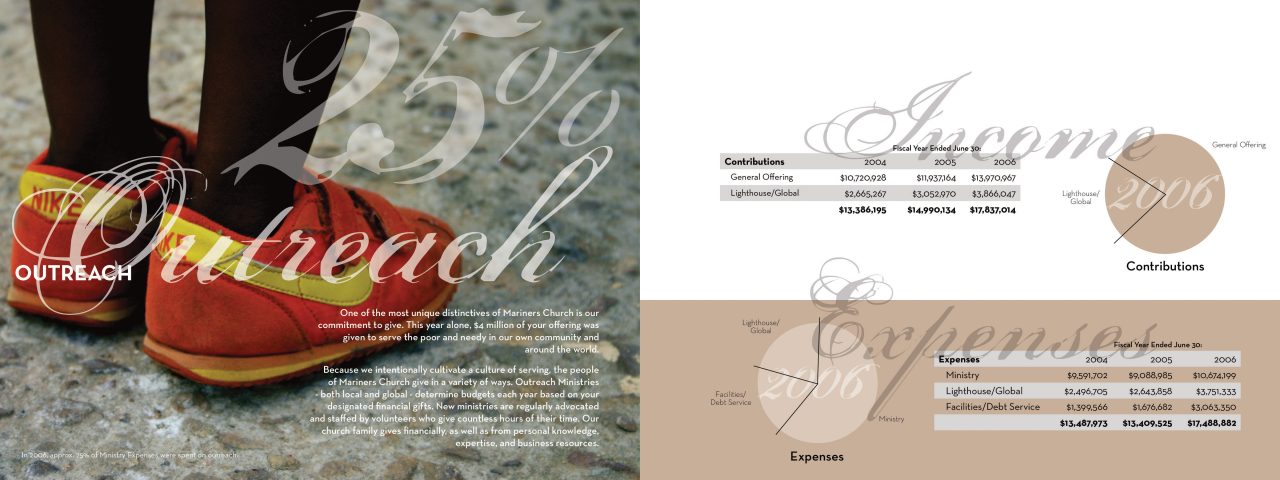
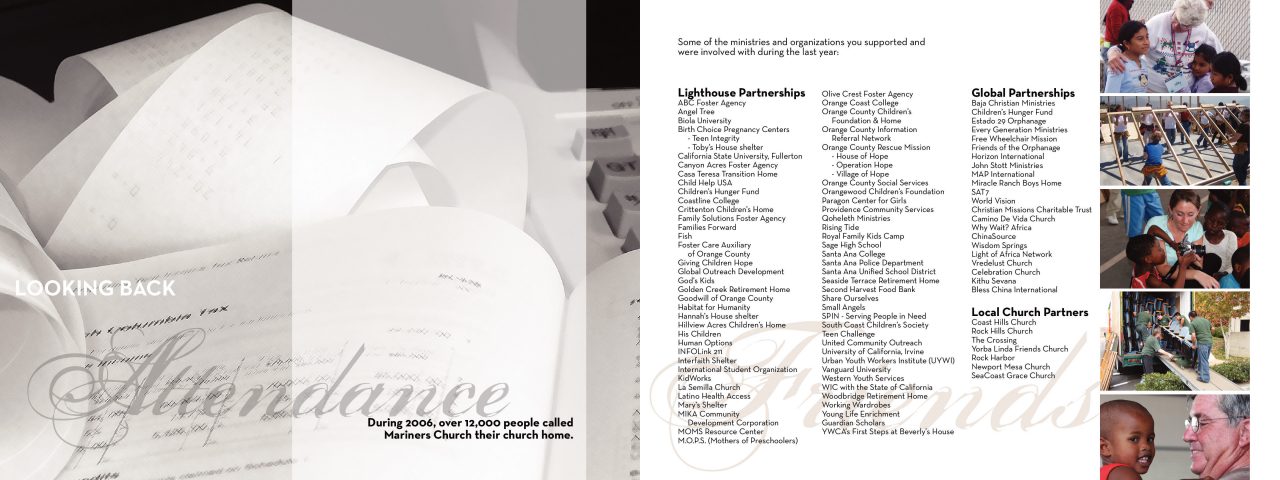
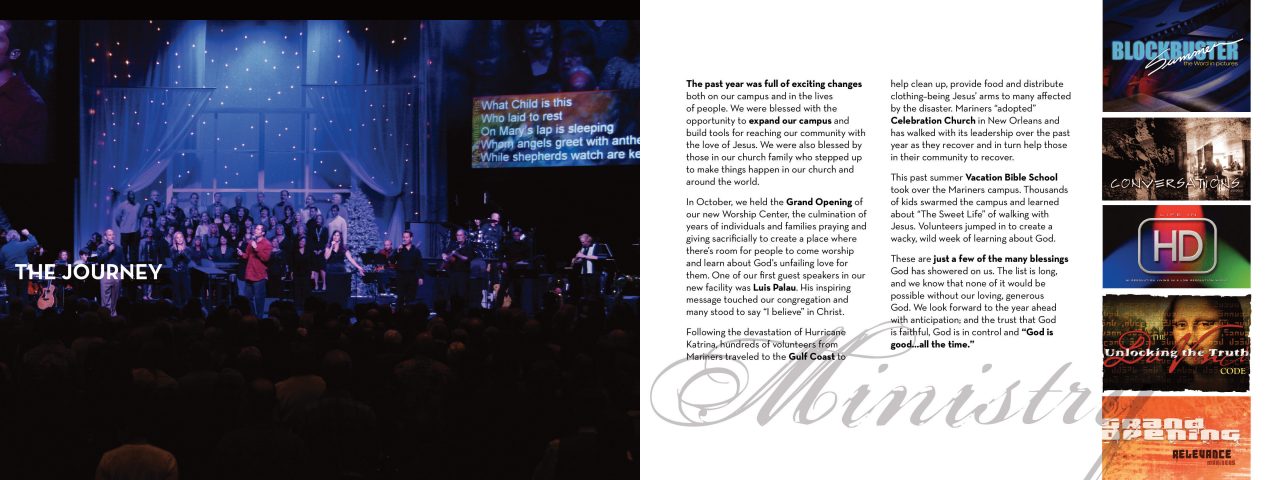
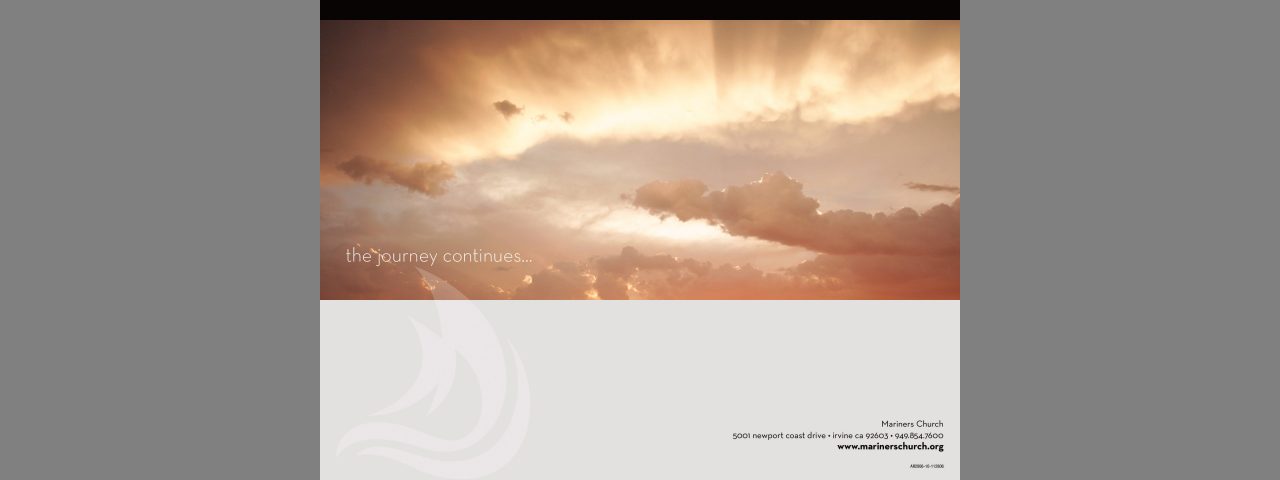
Even though this report was done in 2006, i still like the way it communicated what is typically presented as very dry information in a creative and visual way…before it was trendy to make annual reports interesting!
